13 Minutes
Introduction: Why a Single Episode Can Define the MCU on TV
The Marvel Cinematic Universe’s migration to television changed the rules of superhero storytelling. Where feature films compressed arcs into two-hour blocks, Disney+ and animated platforms allowed creators to linger on character, mood, and worldbuilding. That shift produced episodes that do more than advance a plot: they reframe a character, redefine a franchise, or become cultural touchstones. This list curates the ten best MCU TV episodes — not simply the most popular, but the most transformative, surprising, and artistically ambitious.
Below you'll find detailed analysis, contextual comparisons, trivia, and critical perspective on each standout hour of television. Whether you’re a binge-watcher, a film student, or a fan of serialized drama, these episodes show what superhero television can achieve when it commits to craft.
How these picks were chosen
Criteria and context
We ranked episodes by artistic ambition, emotional resonance, production craft (direction, cinematography, choreography, sound design), fan and critical reception, and cultural impact. We also weighed how each episode sits within its series and the broader MCU, balancing spectacle against introspection.
To enrich the list, we compare episodes to similar works (classic sitcoms, prestige TV, earlier Marvel adaptations), include behind-the-scenes notes (choreographers, casting decisions), and offer critical takes on what the episode achieved — and where the MCU’s TV strategy has succeeded or stumbled.
"These hours matter because they prove Marvel can make television that's cinematic and intimate at once," says cinema historian Maria Estevez. "When an episode earns the right to be discussed alongside landmark TV drama, the MCU grows beyond summer-blockbuster cycles into serialized storytelling that people remember year after year."
#10 — Daredevil: Born Again S1E9 "Straight to Hell"
Daredevil: Born Again resurrects the brutal noir tone of the Netflix era, and episode 9 stands out as a textbook blend of visceral action and moral interrogation. The centerpiece is a fierce team-up: Matt Murdock and Frank Castle reluctantly join forces against Kingpin’s Anti-Vigilante Taskforce in a choreography-forward set piece that balances close-quarters brutality with cinematic staging.
What elevates the hour is a trenchant subplot in which the Punisher confronts police officers co-opting his skull emblem — a direct nod to real-life controversies where political groups have appropriated the symbol. That scene gives Jon Bernthal’s Punisher an ethical edge beyond bloodshed, reframing him as a conflicted antihero who resents misreadings of his iconography.
Behind the scenes: stunt coordinators blended practical, long-take elements with tight coverage to keep the action both immediate and readable. Fans compared the sequence to the Netflix Daredevil’s staircase fights and to classic action films, but this episode’s social commentary is what anchors it in the present.
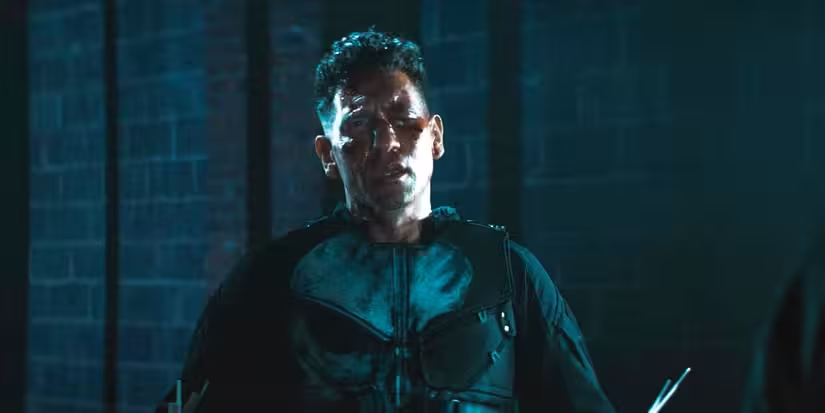
#9 — The Falcon and the Winter Soldier E5 "Truth"
This episode is the ideological heart of a show often criticized for uneven pacing. "Truth" forces a national conversation inside a superhero story: Sam Wilson reclaiming Steve Rogers’ shield becomes a meditation on legacy, race, and national iconography.
A pivotal moment is Sam’s intimate, heartrending meeting with Isaiah Bradley, whose experiences complicate any tidy reading of American heroism. The scene’s quiet, conversational staging—paired with Sam’s physical training montage—makes his eventual acceptance of the mantle feel earned rather than cosmetic.
Comparisons: Where many MCU series opt for spectacle, this episode recalls prestige dramas that let dialogue and moral conflict carry the weight — think of The Wire’s capacity for social critique inside procedural mechanics.
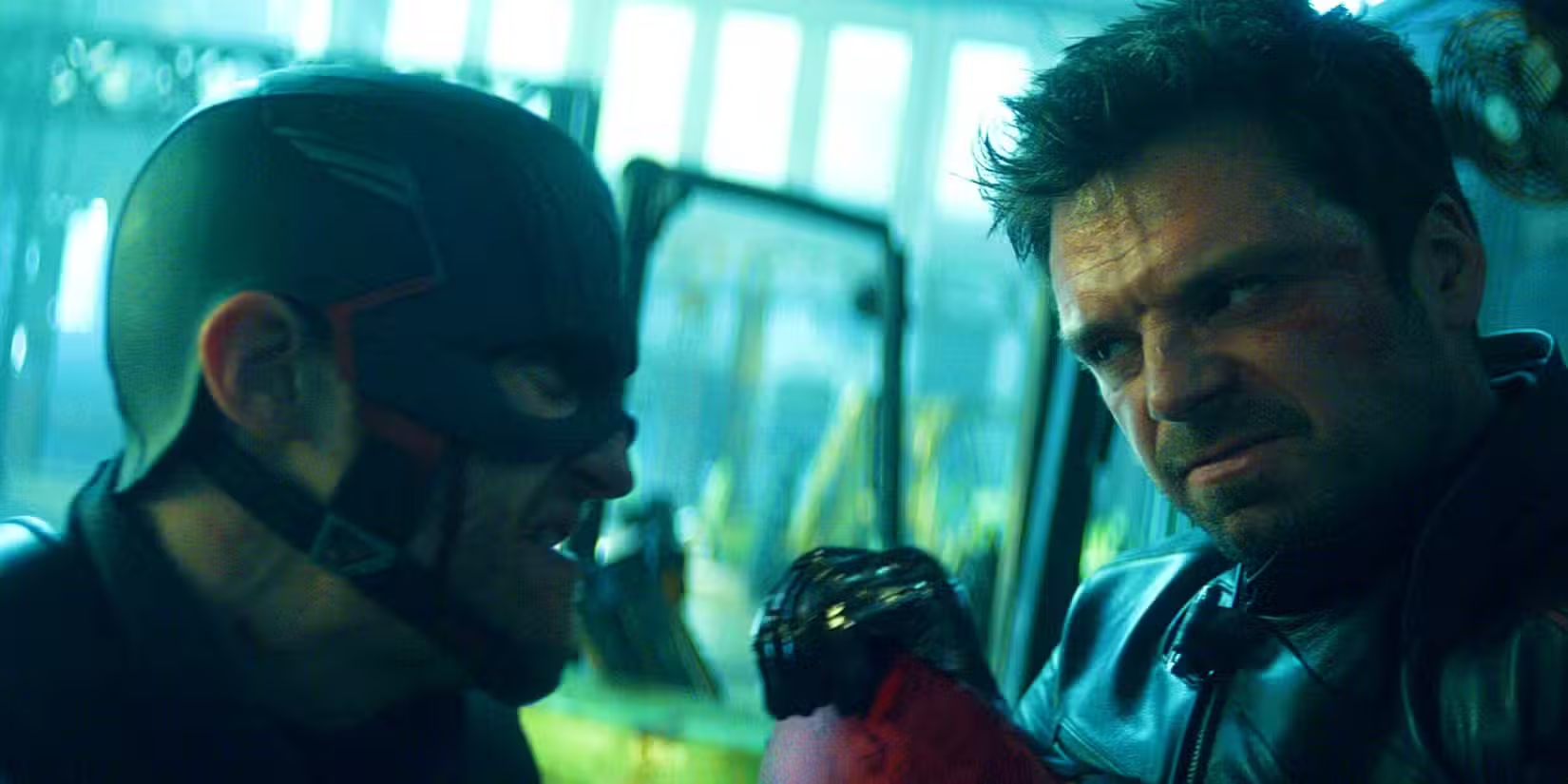
#8 — Agatha All Along E9 "Maiden, Mother, Crone"
Agatha’s spinoff converts a fan-favorite foil into a mythic protagonist. Episode 9 rewires our understanding of her through historical fantasy beats: curses, lineage, and the cost of survival across centuries. Kathryn Hahn's performance peels back the sarcasm to reveal genuine grief.
The episode is effectively two acts: a revelation-heavy flashback that grounds Agatha's bitterness, and a visually ambitious showdown with Lady Death. Production design leans into folklore motifs; practical effects and period costuming make the backstory feel tactile rather than CGI shorthand.
Trivia: The series leaned on folklore consultants to craft historically resonant witchcraft iconography, an unusual step for a superhero show and one that paid off in immersive worldbuilding.
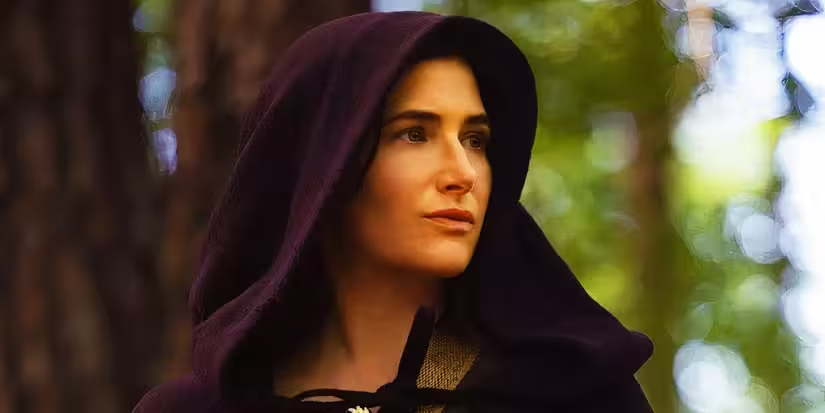
#7 — WandaVision E6 "All-New Halloween Spooktacular"
WandaVision remains Marvel TV’s most daring formal experiment, and the Halloween episode is its playful yet ominous centerpiece. On the surface it's a sitcom homage with pitch-perfect '60s costuming straight from the comics — but the impressive tonal pivot is Vision’s dawning realization that Westview is a constructed reality.
Evan Peters’ cameo as "Pietro" launched conversation about multiverse mechanics and nostalgia casting. The entry expertly balances comic-book Easter eggs with mounting dread; viewers went from smiling at retro gags to uneasy about what happens when sitcom logic collapses.
Critical note: This episode showcased how a single stylistic gambit can become a storytelling engine — something showrunner Jac Schaeffer and director Matt Shakman executed with boldness.
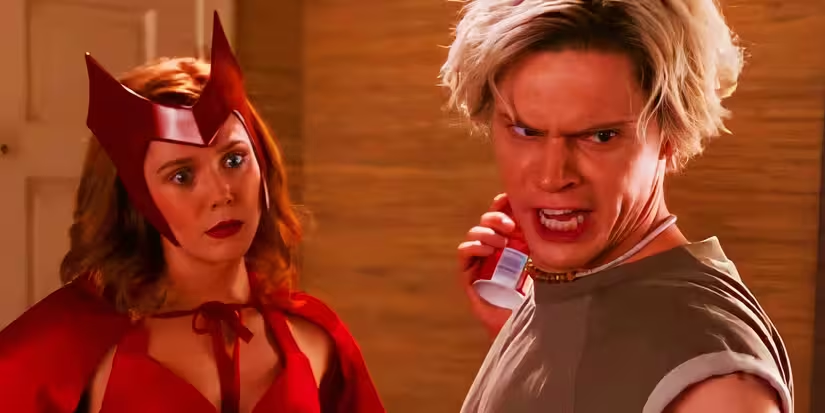
#6 — Loki S1E5 "Journey Into Mystery"
Loki’s first season embraced high-concept worldbuilding, and this episode is the series’ imaginative apex. Stranded beyond the timeline, Loki meets an ensemble of variants — Classic Loki, Kid Loki, and yes, Alligator Loki — an idea equal parts comic-book zaniness and existential drama.
Classic Loki’s sacrifice is a low-key tearjerker; the episode balances humor and pathos while giving the multiverse concept a whimsical, Kirby-esque aesthetic. Fans converted Alligator Loki into internet lore overnight; merchandising and memes quickly followed, illustrating how character novelty drives fandom momentum.
Influences: Visual references to Jack Kirby and cosmic Silver Age comics are explicit, and the episode’s surreal staging set a precedent for how the MCU could portray time and identity on a streaming budget.

#5 — Daredevil S2E3 "New York’s Finest"
Long before Born Again, Netflix’s Daredevil built its reputation on brutal realism and morally ambiguous characters. "New York’s Finest" introduced Frank Castle in a way that felt both inevitable and shocking. After capturing Daredevil, Castle ties Matt to a rooftop and initiates a debate on ethics: is lethal force ever justifiable against organized crime?
Charlie Cox and Jon Bernthal’s chemistry makes the interrogation a highlight of comic-book television: it’s a philosophical debate realized through performance. The episode juxtaposes an ethics-heavy rooftop scene with a visceral, hand-to-hand combat sequence where Daredevil fights while still bound — an acting and choreography tour de force.
Comparison: The moral interrogation echoes classic superhero noir like Batman: Year One, where urban decay forces protagonists to confront the limits of their principles.
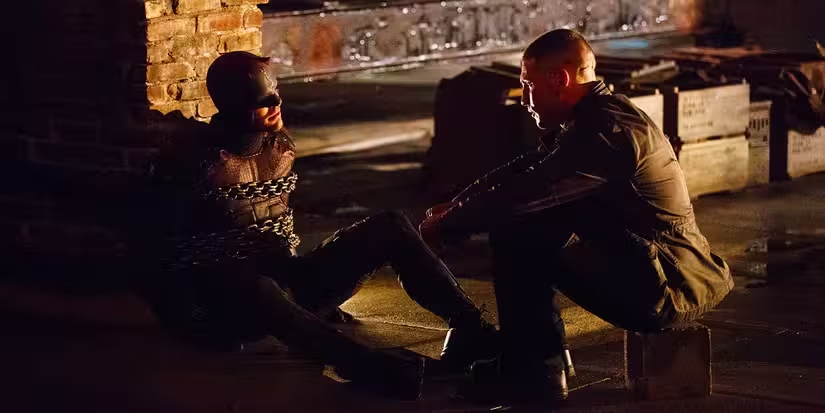
#4 — WandaVision E5 "On a Very Special Episode..."
The moment WandaVision pivots from pastiche to psychological epic arrives here. Vision confronts Wanda about the town’s inconsistencies, and their argument strips away sitcom veneers to reveal trauma and control. Meanwhile, S.W.O.R.D.’s escalating presence makes supernatural manipulation a political problem.
Evan Peters’ earlier appearance was foreshadowed by the episode’s unsettling tension; the hour is a masterclass in tonal shift, demonstrating how sitcom grammar can be repurposed to disorient viewers and then deliver a gutting emotional reveal.
Behind the scenes: the episode’s sound design and camera language mirror classic multi-camera sitcoms initially, then transition into single-camera intimacy — a deliberate directorial choice that signaled the passage from artifice to reality.
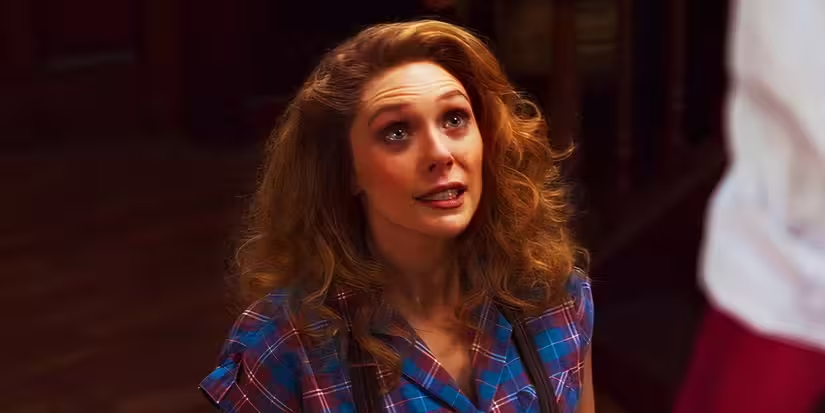
#3 — X-Men ’97 S1E5 "Remember It"
This animated revival honored the beloved 1990s series while modernizing its emotional stakes. A Sentinel attack on Genosha culminates in one of the franchise’s most devastating scenes: Gambit’s sacrificial death.
Remy LeBeau goes from charming rogue to tragic hero, and the episode gives the fan-favorite the emotional spotlight long overdue. The animation sells both the scale of the battle and the intimacy of loss; voice performances—especially Rogue’s grief—sell the sacrifice in a way live-action sometimes avoids.
Industry context: the episode underscores animation’s unique power to deliver operatic stakes without the visual-effects budgetary limits of live-action, proving that superhero animation can be both nostalgic and narratively brave.

#2 — Loki S2E6 "Glorious Purpose"
A season finale must deliver stakes, payoff, and emotional truth — and "Glorious Purpose" does all three with mythic ambition. Loki’s arc completes a transformation from trickster to sacrificial stabilizer, as he accepts a cosmic responsibility that reframes his identity.
Tom Hiddleston’s performance grounds the episode’s cosmic spectacle. The finale’s visual language mixed baroque production design with metaphysical imagery, and the Temporal Loom sequence is one of Marvel TV’s most lyrical moments.
Critical perspective: the episode proves that serialized comic-book TV can and should culminate in character-driven epiphanies rather than spectacle alone.
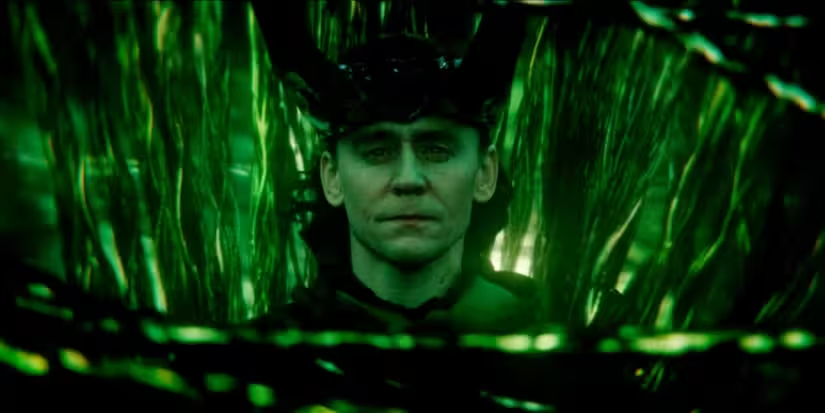
#1 — Agatha All Along E7 "Death’s Hand in Mine"
At the top of the list is an hour that transcends the genre. "Death’s Hand in Mine" centers on Lillia, a character who quietly accrues symbolic weight throughout the series. The episode’s centerpiece is a sacrificial tableau: Lillia’s self-styled final act during a tarot reading flips the room into a kinetic, tragic set piece where she impales the Salem Seven and herself.
Patti LuPone’s arrival elevated the series: her theatrical instincts transformed a supporting role into a scene-stealing moral fulcrum. Lillia’s parting line, "I loved being a witch," resonates as a elegy to identity and belonging — it’s a moment of sorrow, defiance, and reconciliation wrapped into three words.
Why it matters: this episode proves Marvel television can produce pure dramatic catharsis; it also illustrates how horror, theater, and superhero tropes can be braided into something emotionally transcendent.
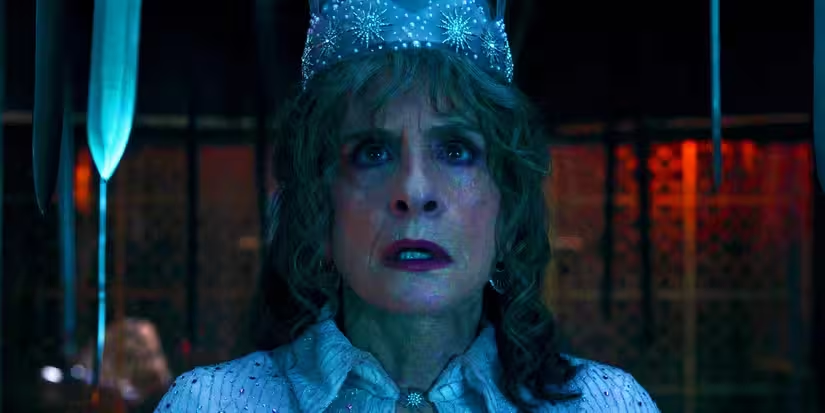
Broader trends and what these episodes signal about the MCU’s future
Marvel’s TV run has shown a willingness to experiment: anthology-feel hours, decade-specific homages, high-concept science fiction, and animated nostalgia. These episodes suggest three trends:
- Character-first risk-taking pays off. Episodes that slow down to dwell on ethics, grief, and identity often become the most memorable.
- Genre fusion is the MCU’s creative frontier. Sitcoms, gothic folklore, and cosmic fantasy all coexist, expanding what constitutes "superhero" television.
- Serialized worldbuilding empowers directors and showrunners to take stylistic gambles because streaming audiences can digest nuance over weeks rather than in a single sitting.
Industry and cultural impact
From a business perspective, standout episodes create cultural moments that drive subscriptions, press cycles, and fandom engagement. The viral potential of a single scene — Alligator Loki memes, Gambit’s death trending on Twitter, or a surprise casting reveal — is now part of the calculus when studios greenlight series.
Critically, these episodes have pushed Marvel into conversations typically reserved for prestige TV. That both raises expectations and creates space for more daring storytelling in future seasons.
Behind-the-scenes trivia and fan reception
- The long-take fight DNA in Daredevil owes a debt to the show’s Netflix predecessors and choreographers who trained in cinema-driven action techniques. Directors often referenced Park Chan-wook’s Oldboy and similar classics when planning single-shot sequences.
- Evan Peters’ Pietro casting was less a logistical multiverse proof than a deliberate fan-culture signal — a wink that leveraged decades of X-Men film fandom.
- Alligator Loki’s explosion into merchandising and meme culture shows the modern feedback loop between creators and audiences: a small creative risk can become a brand asset overnight.
Fan responses to these episodes range from wistful reverence (Gambit’s sacrifice) to feverish debate (Sam Wilson’s adoption of the Captain America mantle). Critics commonly praise episodes that marry strong performances with inventive formal choices; when Marvel delivers those two together, viewers remember an episode long after credits roll.
Final thoughts and critical reflections
These ten episodes represent the MCU at its most adventurous: willing to trade guaranteed spectacle for character risk, tone shifts, and thematic complexity. Not every Marvel series nails this — pacing and tonal unevenness remain recurring critiques — but when the creative team commits, the results can be sublime.
In the coming years, expect Marvel television to double down on what worked here: bold single-episode statements, tighter character focus, and cross-genre experimentation. If the franchise continues to treat television as a laboratory for ideas rather than just a bridge between films, more episodes like these will follow.
Conclusion: Episodes that endure
The best MCU TV episodes don’t just thrill fans — they change how the franchise is perceived. They expand genre boundaries, create viral cultural moments, and prove that blockbuster universes can still produce intimate, humane storytelling.
Whether you're revisiting these hours for the tenth time or seeing them fresh, the lessons are the same: give characters room to breathe, let directors play with form, and allow the small, brave choices to steer the spectacle. That’s where Marvel television has found its most unforgettable moments — and where its future is most exciting.
Source: screenrant

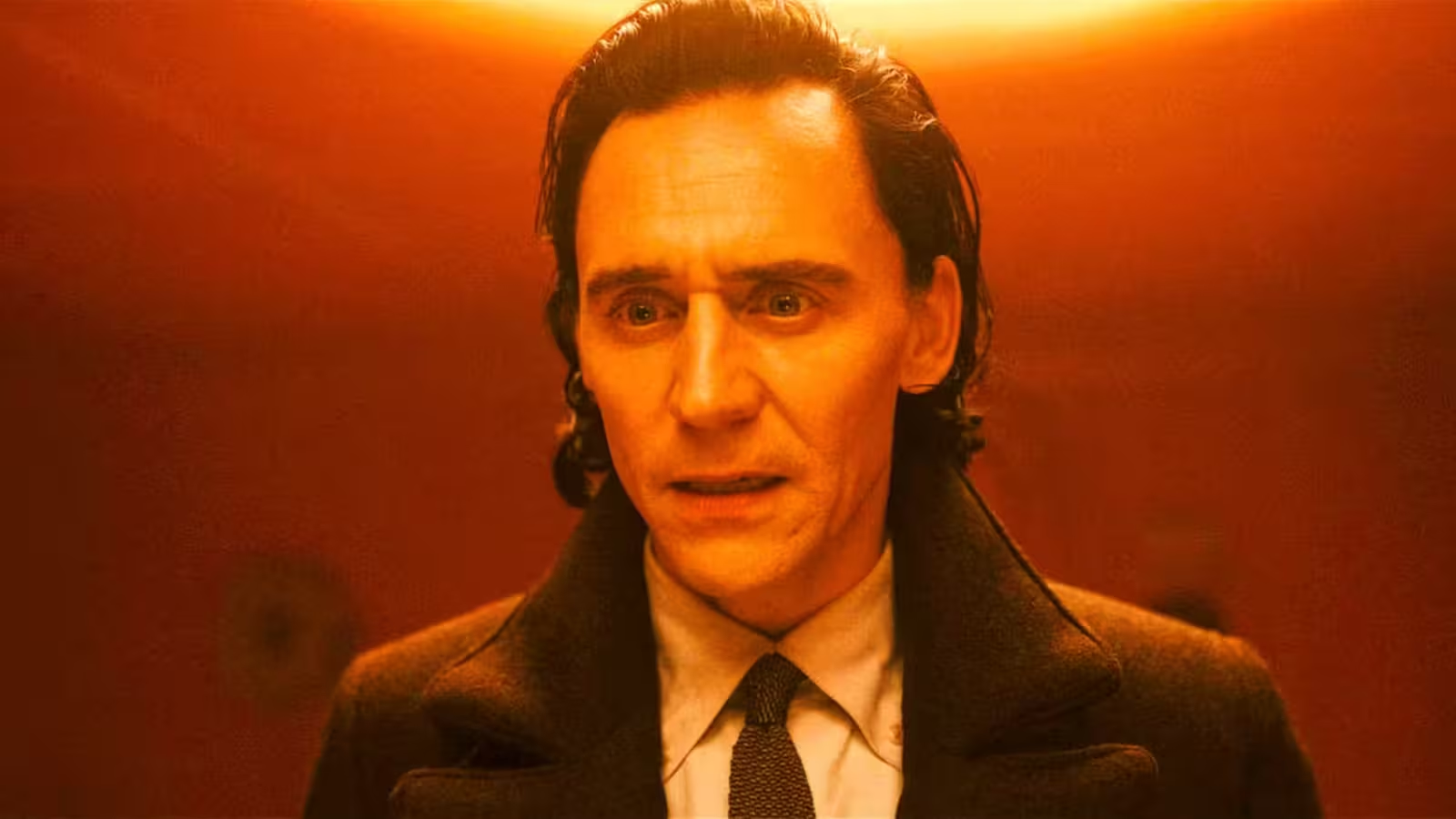
Leave a Comment